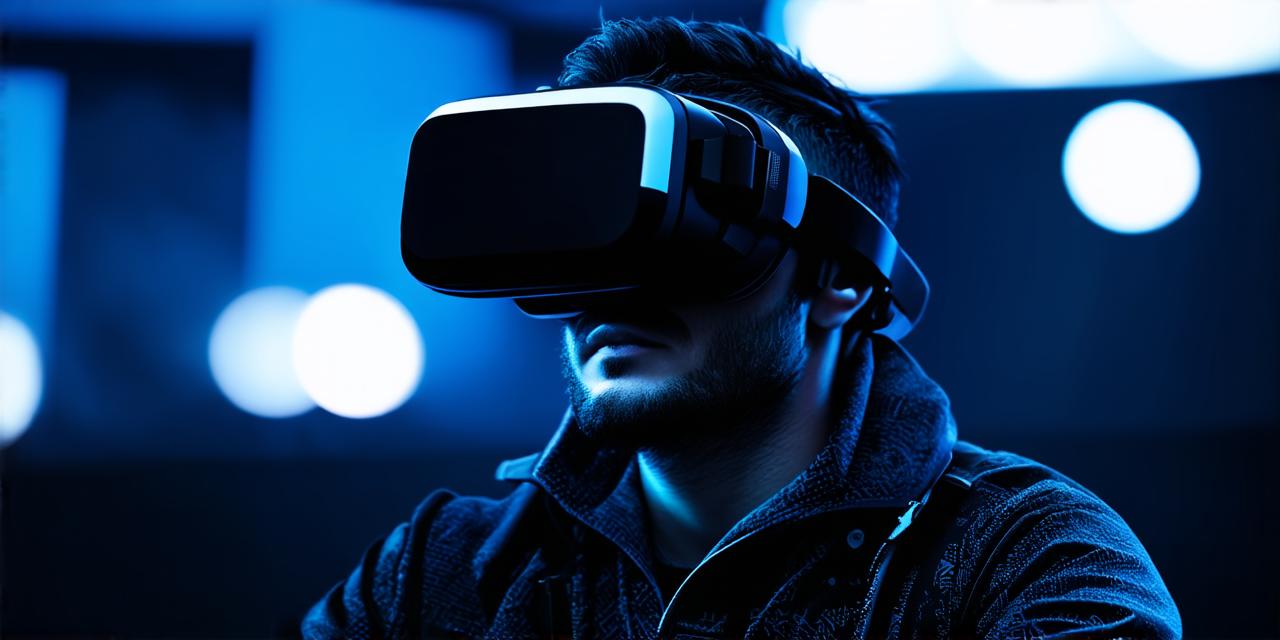1. Understand Your Audience
Before you start developing a VR app, it’s crucial to understand your target audience’s needs and preferences. What kind of experience do they want? What kind of content are they interested in? By answering these questions, you can create a VR app that resonates with your users and provides an enjoyable experience.
2. Choose the Right Tools and Software
There are several tools and software available for developing VR apps, such as Unity, Unreal Engine, A-Frame, and WebVR. Each tool has its advantages and disadvantages, so it’s important to choose the right one based on your project requirements. For example, if you want to develop a mobile VR app, A-Frame is an excellent choice.
3. Design for Comfort and Accessibility
When designing your VR app, it’s essential to consider comfort and accessibility. Your users should be able to move around freely without feeling uncomfortable or nauseous. You should also make sure that your app is accessible to people with disabilities, such as those with visual impairments or motion sickness.
4. Optimize for Performance
VR apps require high-performance hardware to provide a smooth and immersive experience. You should optimize your app for performance by reducing the number of polygons, textures, and other resources that are used. This will help to reduce the load on your user’s device and improve the overall experience.
5. Test and Iterate
Testing is a crucial part of VR app development. You should test your app thoroughly before releasing it to the public to ensure that it works as expected and provides an enjoyable experience. After launching your app, you should also gather feedback from your users and iterate on your design based on their suggestions.
Case Study: The VR App “Beat Saber”
One of the most successful VR apps is Beat Saber, developed by Beat Games. The app allows users to use virtual reality controllers as light sabers to slash through incoming blocks that correspond to the beats of a song. Beat Saber has been downloaded over 50 million times and has generated millions of dollars in revenue.
Beat Saber’s success can be attributed to several factors, including its simple yet addictive gameplay, immersive virtual reality experience, and user-friendly interface. The app also benefits from the widespread availability of VR hardware, which has made it accessible to a broad audience.
Summary
Developing a successful VR app requires careful planning, design, and execution. By following the expert tips and tools outlined in this article, you can create engaging and immersive VR apps that will captivate your users and provide an enjoyable experience. Remember to understand your audience, choose the right tools and software, design for comfort and accessibility, optimize for performance, and test and iterate. With these tips, you’ll be well on your way to creating a successful VR app.
FAQs:
1. What kind of hardware is required to develop a VR app?
To develop a VR app, you will need a computer with sufficient processing power and graphics capabilities, as well as a virtual reality headset. You can also use cloud-based VR development platforms that allow you to create VR apps without needing your own hardware.
2. What are the most popular VR development tools and software?
The most popular VR development tools and software include Unity, Unreal Engine, A-Frame, WebVR, and Oculus SDK. Each tool has its advantages and disadvantages, so it’s important to choose the right one based on your project requirements.
3. How do I ensure my VR app is accessible to people with disabilities?
To ensure that your VR app is accessible to people with disabilities, you should provide alternative input methods, such as voice commands or haptic feedback, and make sure that your app is compatible with assistive technologies, such as screen readers. You should also test your app with users who have disabilities to identify any accessibility issues and address them before releasing your app.
4. How do I optimize my VR app for performance?
To optimize your VR app for performance, you should reduce the number of polygons, textures, and other resources that are used, as well as reduce the load on your user’s device by reducing the frame rate and resolution of your app. You can also use compression techniques to reduce the size of your app files.
5. How do I ensure my VR app is compatible with different devices?
To ensure that your VR app is compatible with different devices, you should test it on a variety of platforms, including different virtual reality headsets and operating systems. You should also design your app to be flexible and adaptable, so it can work well on different devices with different specifications.
